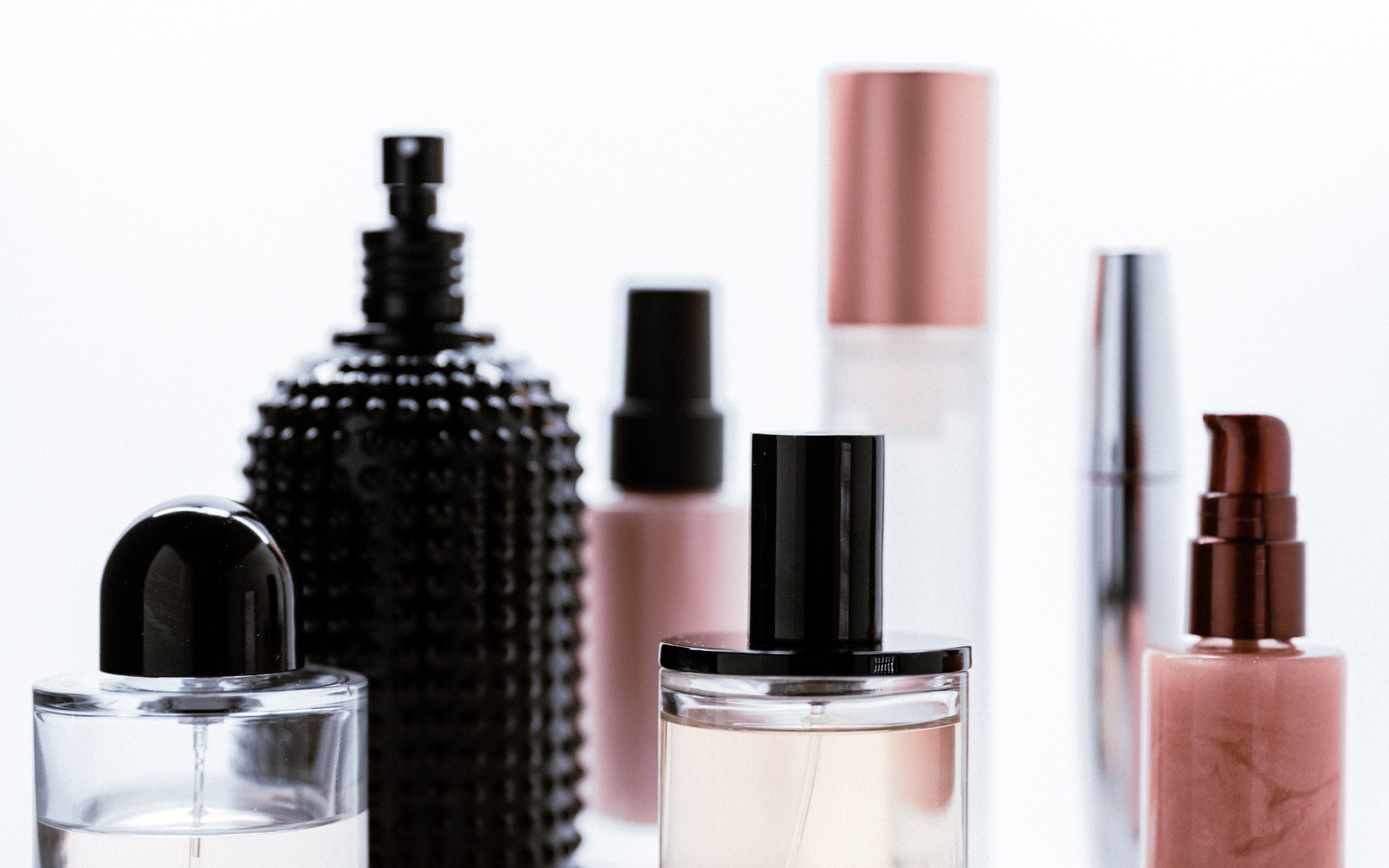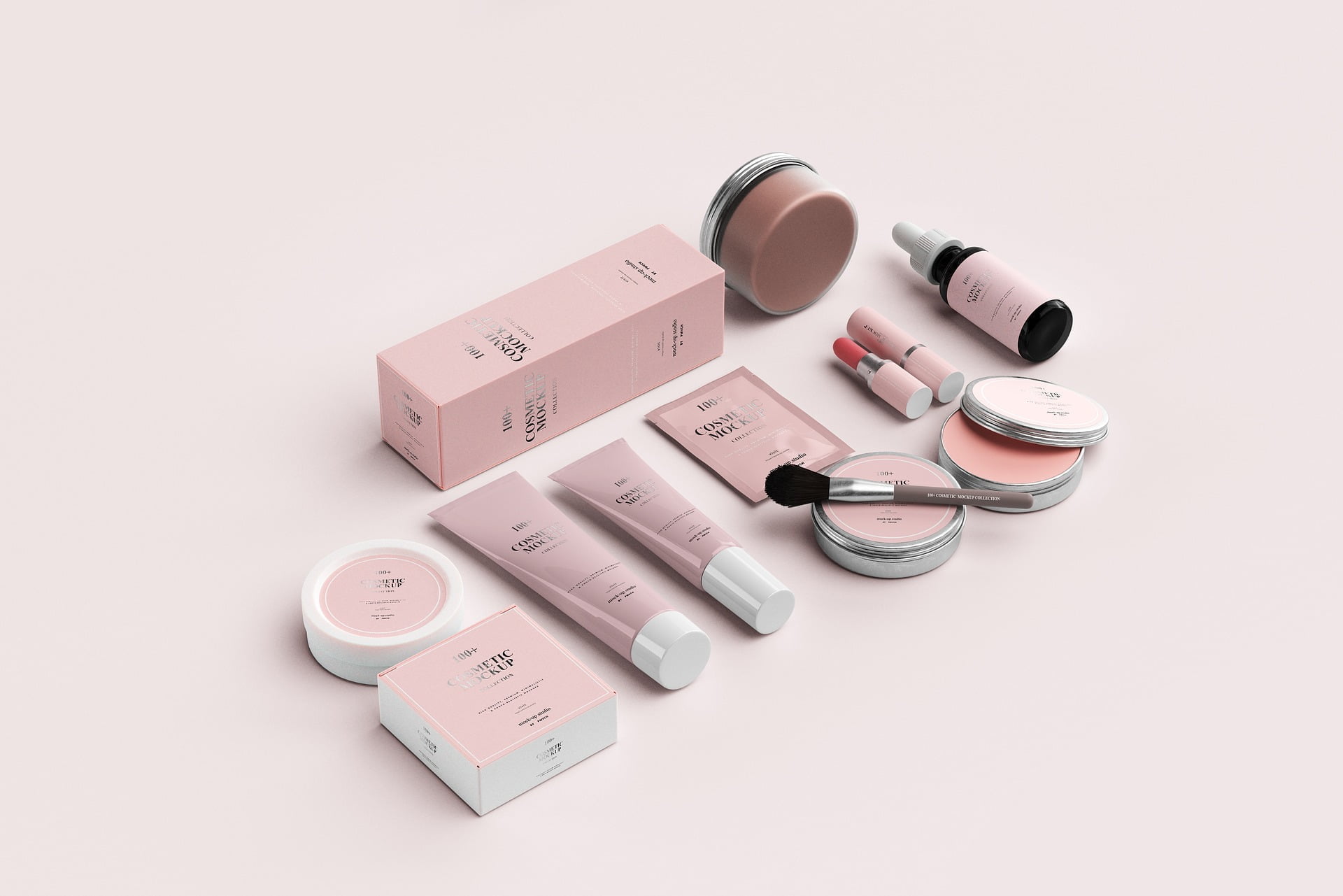According to ISO 29621, every cosmetic manufacturer must make sure that products should match European cosmetic directive, it should be free from harmful microorganisms at the time of purchase, and that the products’ quality and safety will not be adversely affected by microorganisms introduced during normal product use. The challenge test was developed to ensure these safety and quality issues are met before a product is sold on the market. In essence, the challenge test shows how effective the preservatives in a product are by introducing microorganisms and seeing if they grow in the cosmetic product. The challenge test is required for most cosmetics, but not all. It depends on the type of container, the ingredients, and other factors. Cosmereg can complete the challenge test, which is an important step in the qualification process.
EU UK Cosmetics Regulations
The EU UK cosmetics regulations have many complex laws that determine whether a cosmetic product may legally be circulating. Various complicated steps must be completed before selling your cosmetics in the European countries and also have to fulfill the parameters of the European Union cosmetics directive.
- Fast Registration
- 99% Approved Rate
- 10 years experience
EU UK Cosmetics Regulations SERVICES
At Cosmereg, we can assist you in making sure your product is fully compliant and ready to hit the market in Europe.

EU and UK Cosmetic Product Classification
The decision of whether a certain product is considered as a cosmetic product in Europe is made on a case-by-case basis that takes all characteristics of the product into account. Cosmereg can determine whether a product is a cosmetic in Europe, and can classify the product in the cosmetic safety database according to its specific category. Proper classification is vital for determining which EU and UK Cosmetics regulations apply to your product, so it is the first step that must be taken in the regulatory process.

Stability and Compatibility Testing
Cosmereg can conduct both stability and compatibility tests on your products. Stability and compatibility testing determine whether a product meets all the required standards of quality, functionality, safety, and aesthetics under the normal conditions of transport and handling and different storage situations, including sunlight, high temperatures, freezing temperatures, and more. The stability test establishes the appropriate shelf life as well as the package’s ability to produce the product from its environment. Compatibility tests show the compatibility between the product and its packaging.

Product Information File
The Product Information File (PIF) is a dossier kept by the Responsible Person that lists all information required about a certain cosmetic product. This file must be securely kept at one single address, must be readily accessible to authorities in case it must be searched, and must describe, in thorough detail. A description of the product, all the cosmetic product safety information, reports, and assessments, description of the manufacturing method, animal testing data, product labeling, and more are also required. A complete PIF is necessary before the product can be placed on the market.

EU and UK Cosmetic Safety Assessments
Before the product is placed on the market in the EU and UK, every cosmetic product must have a safety assessment performed under the parameters of cosmetic labeling regulations. This assessment will conclude whether the cosmetic product is safe and in conformity with the regulation. It also provides the reasons for that conclusion, lists precautions for use, if applicable, and includes the credentials of the qualified person who performed the assessment. Cosmereg safety assessors are qualified, experienced, and knowledgeable.

EU Cosmetic Labeling and Claims
Labels are considered extremely important and have strict rules and requirements. Cosmetic products cannot be placed on the market without fully compliant labels. Labels must be easily legible and must contain several specific pieces of information. Also, the labels must be properly translated into the different official languages of each country the product will be sold in. Cosmereg can help you determine whether your product labels contain all the required information and meet all the requirements.

EU and UK Cosmetics Responsible Person
For a cosmetic product to be sold in the EU and UK, it should meet with the EU and UK cosmetic regulations and it must have one Responsible Person assigned to it. This person must ensure compliance of this product with the EU and UK Cosmetics Regulation both before and after the product is placed on the market. Although just about any EU resident is eligible to become a Responsible Person, there are a few good reasons to choose a professional Responsible Person. This role requires special expertise, and the Responsible Person must be confidential, able to keep track of ever-changing laws, able to answer questions from authorities if a problem arises, and they are responsible for the adherence to every law that the cosmetic product is subject to. Cosmereg provides experienced and knowledgeable Responsible Persons. Due to the Brexit Cosmereg offers also UK Responsible Person Service

EU CPNP Cosmetic Notification
Before your product is released to the market, the last stipulation is that the Responsible Person must submit a CPNP (cosmetic product notification portal) notification for the product. This CPNP is a notification and not a registration, but it has specific rules that must be followed for your product to be allowed to circulate. At Cosmereg, we know how to properly gather the right information and submit a CPNP to ensure your product has met this obligation.

UK SCPN Cosmetic Notification
The current transitional period will come to a close on December 31, 2020. Companies must comply to the new rules after the transitional period.
As per UK cosmetic regulations Within 90 days, products notified through the CPNP will need to be notified in the UK SCPN. Notifications will require to provide the following:
- Product name and category
- Responsible person’s name and address
- Ingredients and content in the product
Products that have EU-27 addresses will remain compliant in the EU for a period of two years. When dealing with imports, the UK will have to meet the regulations of the EU.
DON’T KNOW WHAT TO CHOOSE?
Contact us today for a free consultation
FAQ
For a cosmetic product to be sold in the European Union, it must have a Product Information File (PIF) created as per EU and UK Cosmetics Regulations. A PIF includes paperwork about a product’s ingredients, formulation, and packaging, along with a description of the final product and its effects.
CPSR stands for ‘Cosmetic Product Safety Report’. This is a requirement of EU cosmetics regulation cosmetics regulation 1223/2009, as stipulated in Article 1. The CSPR is made up of 2 parts – 1. Cosmetic Product Safety Information and 2. The Cosmetic Product Safety Assessment. The CSPR is an essential component of the PIF.


